I need a break from the lens cap pictures. Let’s see how legacy glass does on the a7S.
The Zeiss 35mm Biogon in the Leica M-series mount is a delightful little lens. Small, and with nice controls, it seems like it was made for cameras like the alpha 7 series. However, it is the toughest of the M-mount lenses that I have for corner smearing. The corners on the a7R make you wince.
I mounted the lens on the a7S using the Novoflex adapter.
First, checking for corner casts with the Expodisc:








There’s quite a bit of corner falloff at f/2. We can’t blame that on the camera, though. There is no trace of purple corners. In fact, the corners are ever-so-slightly cyan.
I aimed the camera at this scene and made a series of handheld exposures at the whole stops from f/2 through f/22:
Except for diffraction at the narrowest stops, the center was sharp in all cases. Of course, 12 MP doesn’t pose much of a challenge for this lens.
The upper right corner:
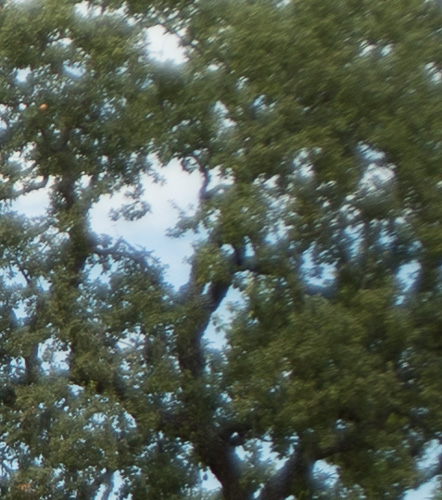
It’s pretty sharp for wide open, but there’s a lot of flare. I didn’t use a hood. I suppose I should for testing, but I never would when actually using this lens; it would make the camera/lens package just a bit unwieldy. You can’t blame the flare on the camera.
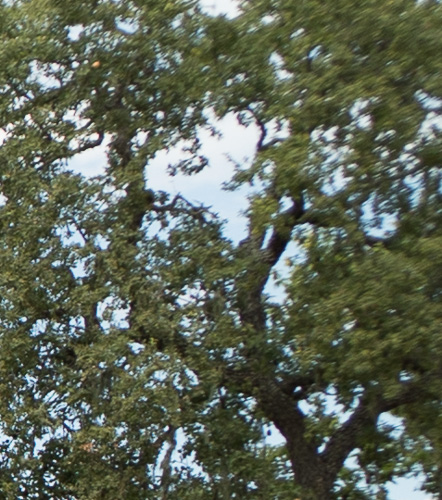
Looking pretty good only one stop down from wide open, but not what you’d call super crisp.
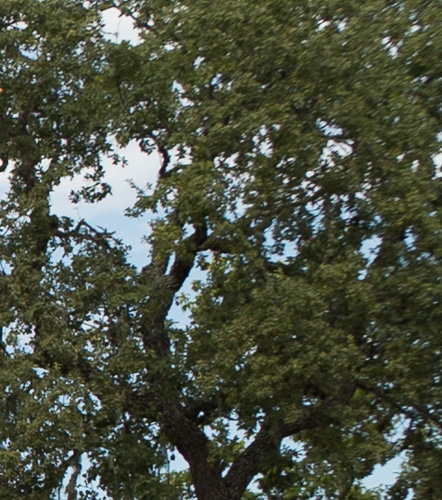
Very nice, for a corner.
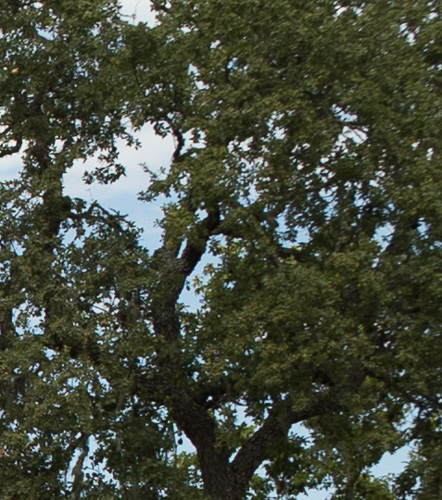
Probably the sharpest aperture in the center; very good here.
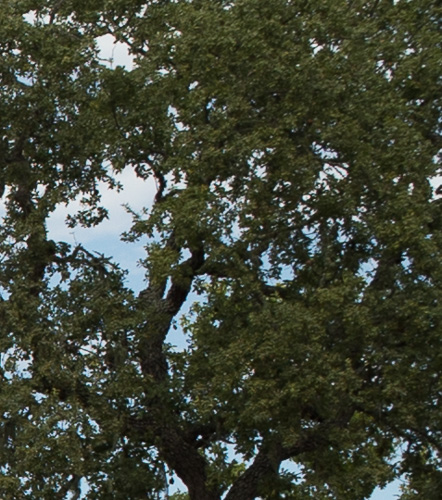
Probably the best aperture in the corners.

Some diffusion blur in the center, still looking good in the corner.
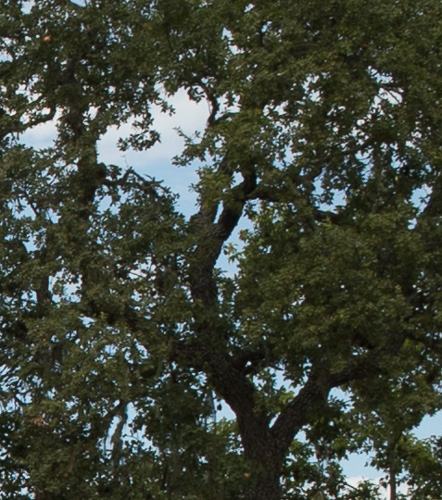
A little diffusion blur
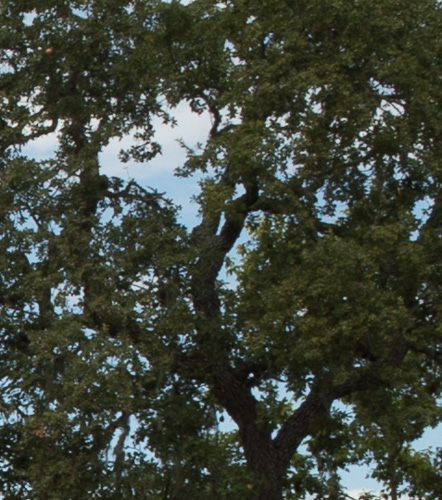
Still usable.
This is really good news. If this lens works on the a7S — and it does — I think most any M-series lens will.
[Added 7/10/2014: I was wrong about the universal appicability of the Zeiss 35mm Biogon results. Apparently, I’m going to have to test each and every candidate lens. See here for an example.]
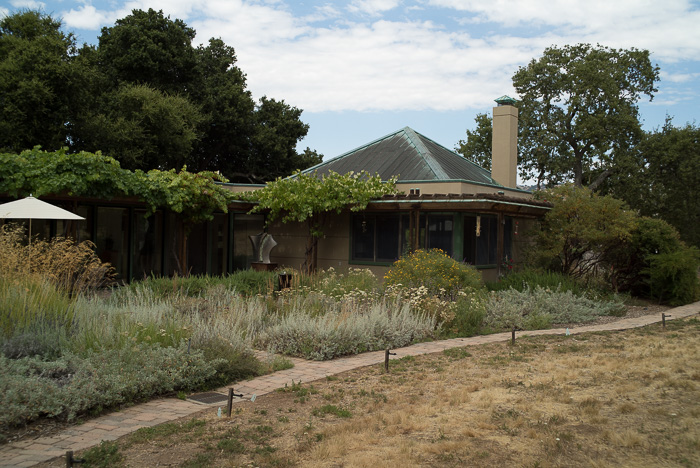
Do the color cast depends on the lens or sensor?
Are you gonna test the leica wate with a7s? I wonder if sony have found a way to solve issues with wa rf lenses.
The color cast changes with the sensor.
I’m not planning on testing the WATE on the a7S. Since it worked fine on the a7R, there should be no problem on the a7S.
Jim
Thanks for your answare.
My experience is that a7 and wate combo produces blue cast on the edges.
Interesting. I’ve not used the WATE on the a7. I’ll have to try it on the a7S, and probably the a7, to see if I can replicate your results.
Thanks for your answare.
My experience is that a7 and wate combo produces blue cast on the edges.